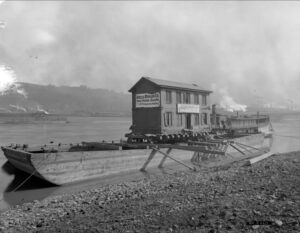
The Little House on the Edge of the New Deal
Literary works imagined houses that were tied to small-scaled, personally directed labor. In fictional works of the twenties and thirties, a distinctive idealism emerged amid the archaic house, which would be linked with the self-determination the homesteader, factory owner, and the creative writer. If much of the New Deal entailed a “demand for organization, administration, and management from a central focus,” the personal labors characteristic of the little house appear as focused, discretionary, and most of all pleasurable, in part because this work was invisible as labor.
